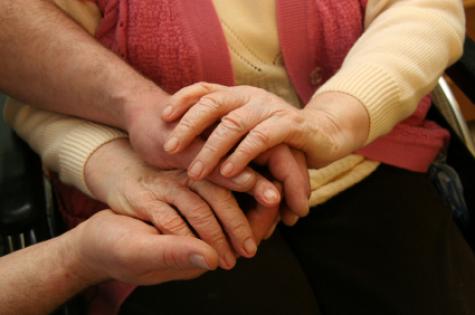A report issued jointly today by the World Health Organisation (WHO) and Alzheimer’s Disease International (ADI) has urged governments around the world to make dementia a national public health priority.
The report predicts the trebling of the worldwide prevalence of dementia from 35.6 million people to more than 115 million by 2050, with huge economic and social costs on health systems. The total number of new cases of dementia each year is 7.7 million – or one every four seconds – at a global cost of $587 billion in 2010.
According to the Executive Director of ADI, Marc Wortmann, dementia is not only a public health crisis but a social and fiscal nightmare also.
“Our current health systems simply cannot cope with the explosion of the dementia crisis as we all live longer; this is as much an economic and fiscal disaster waiting to happen as it is a social and health challenge of the highest order.”
The report proposes that the time to act is now, and WHO and ADI call for specific measures to be implemented by governments including raising awareness, timely diagnosis, commitment to good quality continuing care and services, caregiver support, workforce training, prevention and research. This is consistent with Alzheimer’s Australia’s campaign for $500 million to be allocated in this year’s Federal Budget to help fight dementia which we wrote about in January.
The Australian numbers are also startling. By 2050, it is expected that 1 million Australians will have dementia: the current level is 280,000 people. In the 50 years between 2000 and 2050, Australia’s population is anticipated to increase by 40%, but the number of people with dementia is also expected to rise by more than 300%.
Dementia and its many forms, including Alzheimer’s Disease, is one of the drivers of current calls to reform the aged care sector in Australia – but so is the ageing of the population.
Not everyone who is ‘old’ has dementia, yet most “very old” people (officially those considered to be aged 85 or more) will need some form of aged care eventually.
By 2050, the number of “very old” Australians is estimated to be 1.8 million, or almost five times more than the current number of this age. Together with lower birth rates, this means that the proportion of older people in our community will increase and that will result in aged care costs increasing from their current level of around $9.4 billion to $70 billion in 2050. From a cost perspective alone, this is not sustainable. But it also comes at a time when more and more people are demanding a different type of aged care, focussed around wanting to stay in their own home as long as possible.
These combined pressures – demography, financial and social – place a significant imperative on making sure the right aged care system is in place to meet the individual needs of individuals.
An aged care system that is affordable; that we’re prepared to live with; and which is fair and equitable.
The top priority for those concerned with aged care - such as the Minister for Ageing Mark Butler, the many aged care providers, advocacy groups such as Alzheimer’s Australia and the Council on the Ageing - is to ensure that people get the aged care they need. This may mean staying in your own home or it may mean moving to a nursing home, especially if you have dementia.
Mr Butler currently has important recommendations from the Productivity Commission on how to make aged care more sustainable financially, as well as improving its quality, relevance and choice for our most frail, older Australians. Today, that may be your grandparents. Tomorrow, your parents. And not so soon afterwards, you.
Let’s hope Mark Butler, the Government, the Opposition, the Greens and the independents get this one right so our older Australians can age well.
Further information








 Agree (0)
Agree (0) Disagree (
Disagree (









__small.png)










